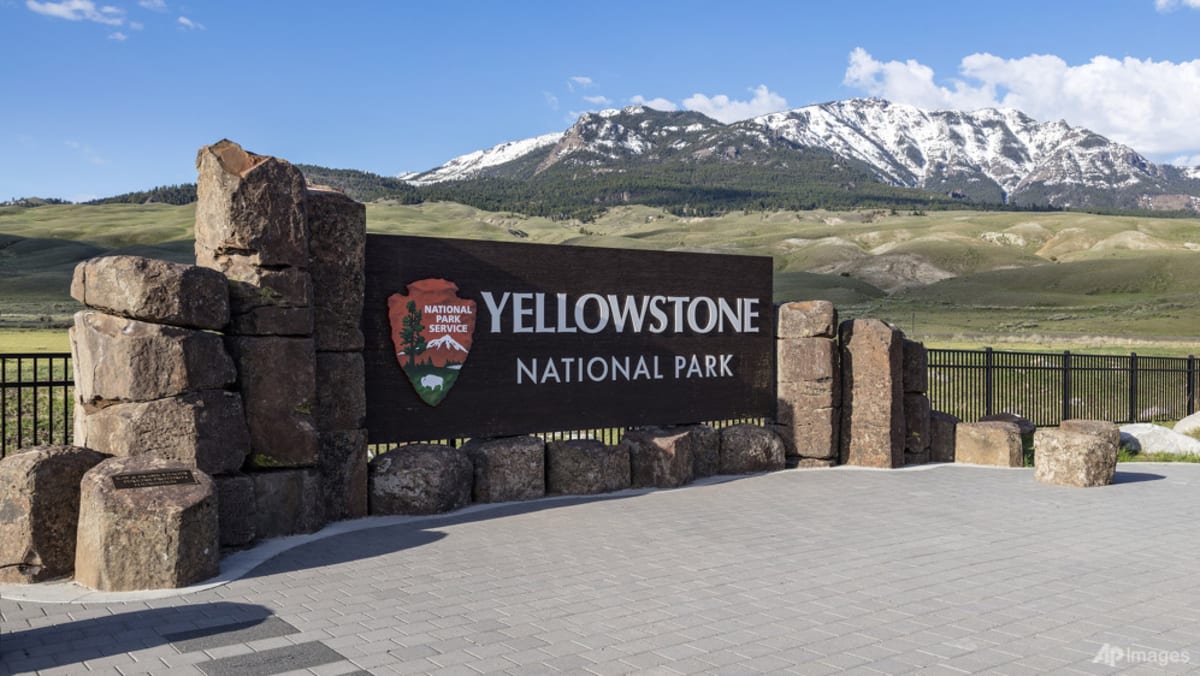PARIS: Almost three-quarters of the globe’s cultural and natural heritage sites are threatened by too little or too much water, the UN’s cultural agency said on Tuesday (Jul 1).
As a result of rising temperatures, extreme weather events including hurricanes, droughts, floods and heatwaves have become more frequent and intense, scientists warned.
Seventy-three per cent of all 1,172 non-marine sites on the UNESCO Heritage List are exposed to at least one severe water risk, including water stress, drought, river flooding or coastal flooding, UNESCO said.
“Water stress is projected to intensify, most notably in regions like the Middle East and North Africa, parts of South Asia and northern China – posing long-term risks to ecosystems, cultural heritage, and the communities and tourism economies that depend on them,” it added.
Cultural sites were most commonly threatened by water scarcity, while more than half of natural sites faced the risk of flooding from a nearby river, the UNESCO study showed.
In India, the Taj Mahal monument in Agra, for example, “faces water scarcity that is increasing pollution and depleting groundwater, both of which are damaging the mausoleum”, the study said.
In the United States, “in 2022, a massive flood closed down all of Yellowstone National Park and cost over US$20 million in infrastructure repairs to reopen”.
